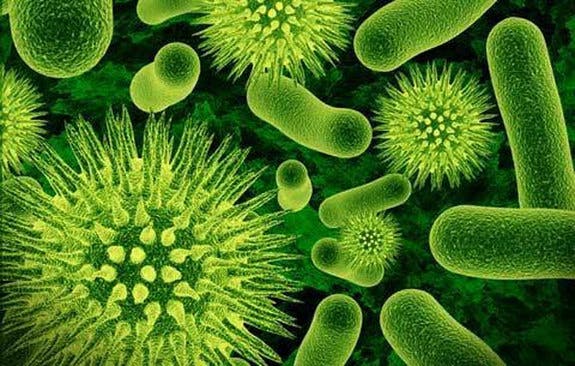Scientists are experimenting with a novel mechanism that destroys harmful bacteria that uses light-activated nanoparticles. These are called quantum dots and are typically used by the semi-conductor industry, in solar cells and other applications. When specifically tweaked in size and composition, these tiny particles interact with cells and kill over 90% of bacteria.

Antibiotics are a godsend to medicine. Without exaggeration, millions have been spared of death at the hand of bacterial infections since Alexander Fleming first identified penicillin in 1928. Through widespread use and, most recently, excessive cleanliness many bacterial species have evolved a resistance to antibiotics. Superbug infections, including multi-drug-resistant forms of TB already kill hundreds of thousands every year, and the number will only increase as time passes. If a dangerous threshold is reached, the world might be in for a global pandemic. Antibiotic resistance is without a doubt one of the biggest challenges society faces this century.
The scientific community is well aware of the dangers of antibiotic resistance and in the last couple of years some promising breakthroughs were reported. Last year, a group discovered the first new class of antibiotics in 30 years that kills germs by blocking their capacity to build their cell walls. Other groups have followed more unconventional routes.
Metal nanoparticles is an intriguing line of research against bacteria. The problem is that these indiscriminately attack cells, bacteria and our own human cells alike. That doesn’t sound too promising. But researchers at University of Boulder, Colorado have found a great workaround: use quantum dots 20,000 times smaller than the human hair that kill bacteria, and bacteria only, when excited by light.
Tests made on known antibiotic resistant strain like Staphylococcus aureu, Escherichia coli, Klebsiella pneumoniae and Salmonella typhimurium proved highly effective. In some instances, the quantum dots were tailored to kill 92% of the bacterial cells in a monoculture, while leaving the mammalian cells intact, the scientists reported in Nature Materials.
“Antibiotics are not just a baseline treatment for bacterial infections, but HIV and cancer as well,” said one of the researchers, Anushree Chatterjee. “Failure to develop effective treatments for drug-resistant strains is not an option, and that’s what this technology moves closer to solving.”
Of course, the quantum dots therapy needs to be extensively studied. In-vivo trials should follow and we might be many years away from a therapy that’s deemed safe for humans. If the therapy works, though, then this might prove to be a holy grail in medicine. We can find new classes of antibiotics, and these will certainly work well. But, eventually, we’ll be thrown back to the drawing board. It’s only a matter of time, as bacteria constantly adapts to whatever biological therapy we throw at them.
“While we can always count on these superbugs to adapt and fight the therapy, we can quickly tailor these quantum dots to come up with a new therapy and therefore fight back faster in this evolutionary race,” Prashant Nagpal, senior author of the study
[via Science Alert]


